All Final Fantasy 7 games ranked from worst to best

The Final Fantasy 7 games are more of a thought experiment than a coherent story told in different parts, an early exercise in transmedia that sometimes hits the mark and misses it pretty often. The likes of Crisis Core, Remake, and Rebirth expanded Final Fantasy 7 in meaningful, interesting ways. Ever Crisis and Dirge of Cerberus? Well, they tried… something.
We’ve ranked every Final Fantasy 7 game from worst to best, including the Japan-only Before Crisis mobile prequel.
If you're just getting started in FF7 Rebirth, check out our guides for how to skip the Nibelheim prologue and where to find the Quetzalcoatl Talon.
Final Fantasy 7 Rebirth review – beyond expectations but doesn’t stick the landing
Final Fantasy 7 games ranked
Final Fantasy 7: The First Soldier
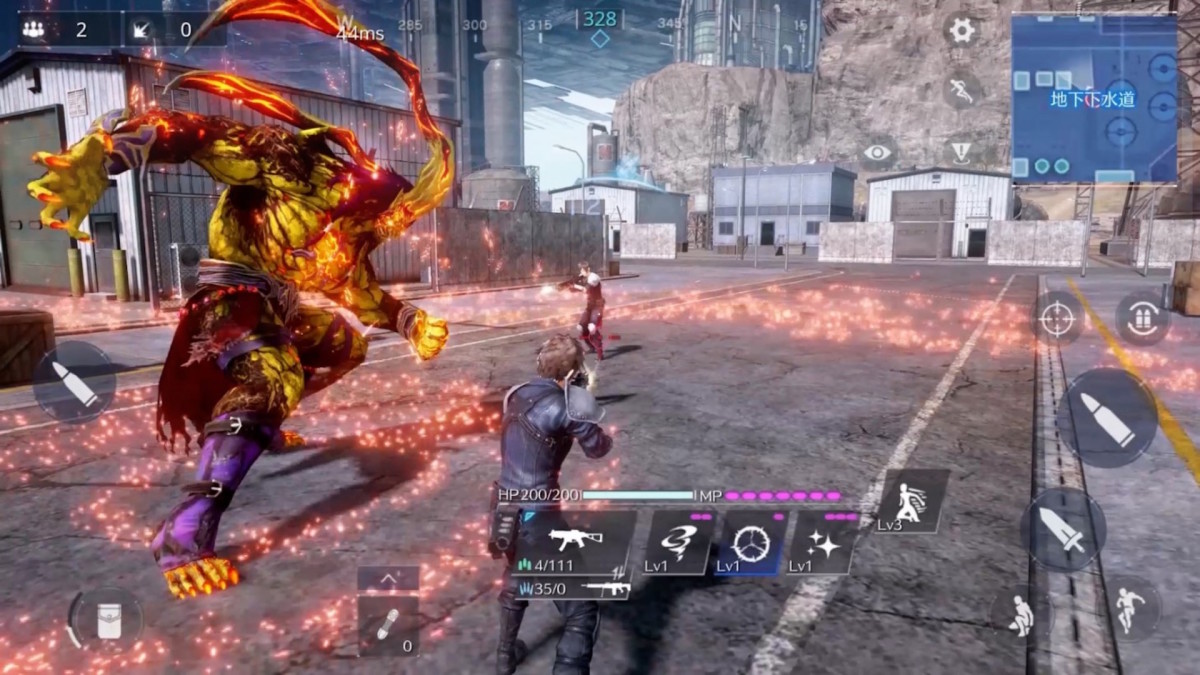
Imagine if Square Enix took the Hojo combat simulations from Crisis Core and made them a battle royale game. Then, imagine it shut down a year later and contributed almost nothing to the FF7 universe. That’s The First Soldier.
Final Fantasy 7: Dirge of Cerberus
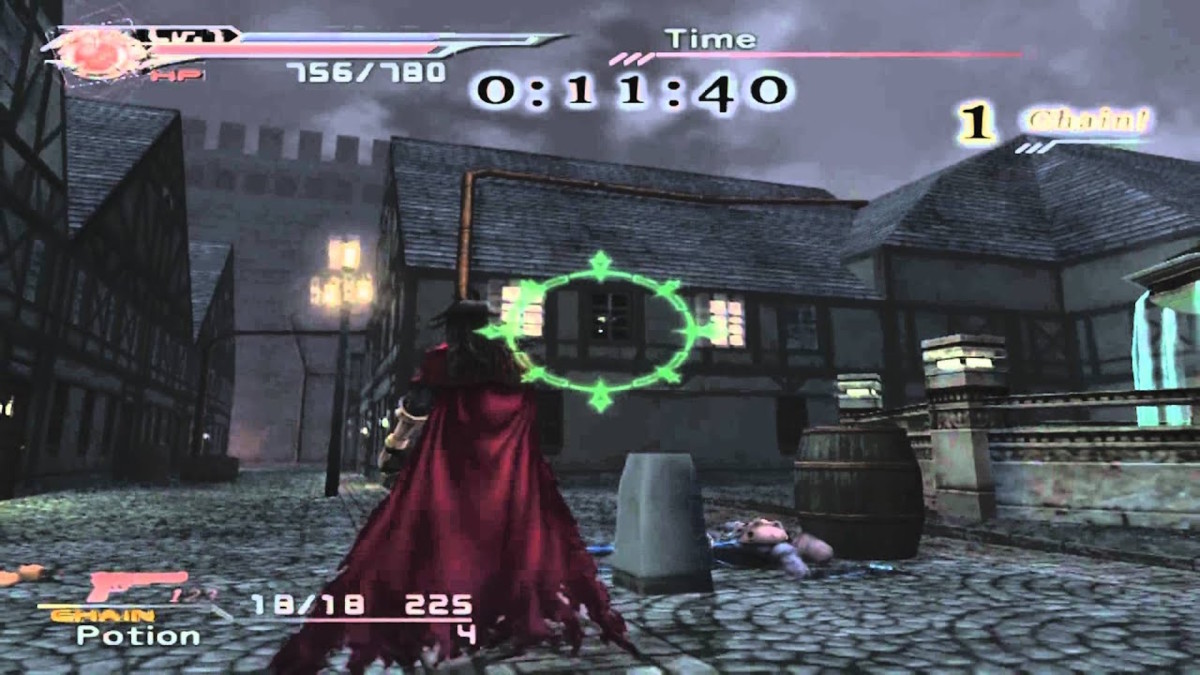
Dirge of Cerberus is such a strange game and pretty unnecessary as far as sequels go. Sure, it’s fun playing as Vincent Valentine, whose firearm proficiency convinced Square Enix that Dirge should be a shooter. Everything else? Eh, not so much. There’s a lot of lore tied up in Deepground, a secret military branch of Shinra where Professor Hojo performs Resident Evil-type experiments on human subjects, but hardly any of it is relevant to events that take place after FF7.
Final Fantasy 7: Ever Crisis
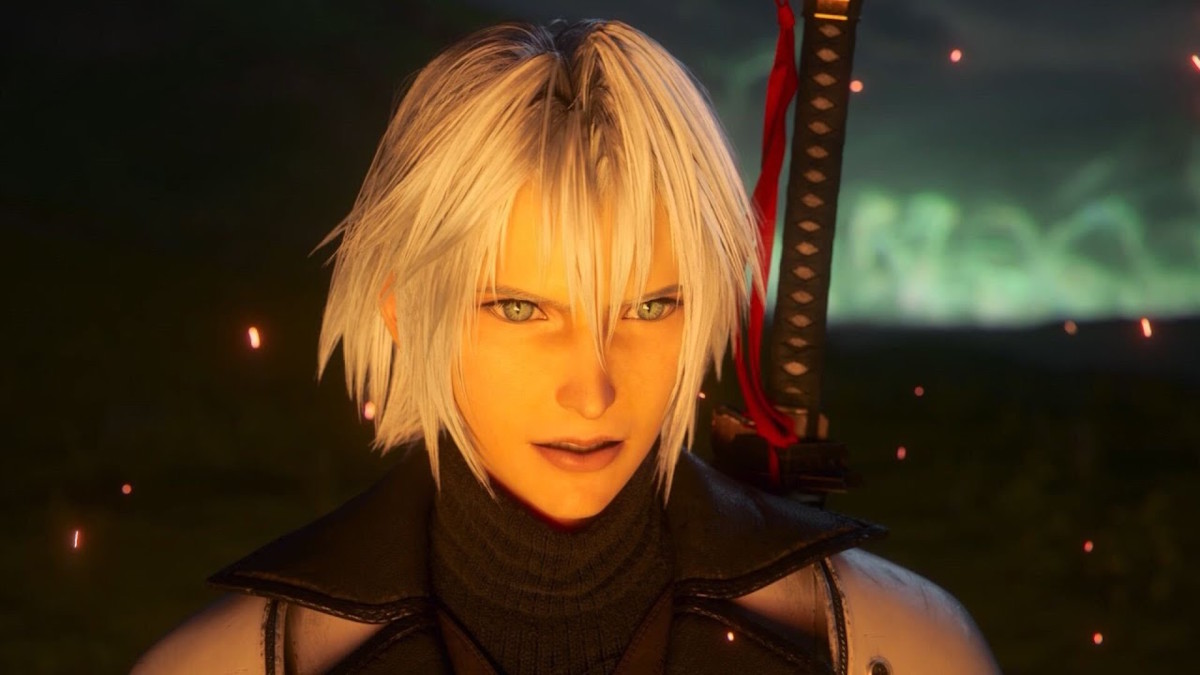
Ever Crisis is another weird game built on an unnecessary premise, but it’s not necessarily a bad game. The half of Ever Crisis that bundles the rest of the 7verse together, including bits of Before Crisis lore and updates for the original Final Fantasy 7’s appearance and English script, is the best half. The downside is that the episodic structure drags it all out to the point where you might as well just play the original games, if you can.
Then there’s the part of Ever Crisis that’s trying to tell a new story, and it just feels unnecessary. “We still don’t know who Sephiroth is,” Square Enix said in one of the marketing blurbs. Except yeah, after 30 years and multiple variations of his story, we kinda do know who he is.
Crisis Core: Final Fantasy 7 (and Reunion)
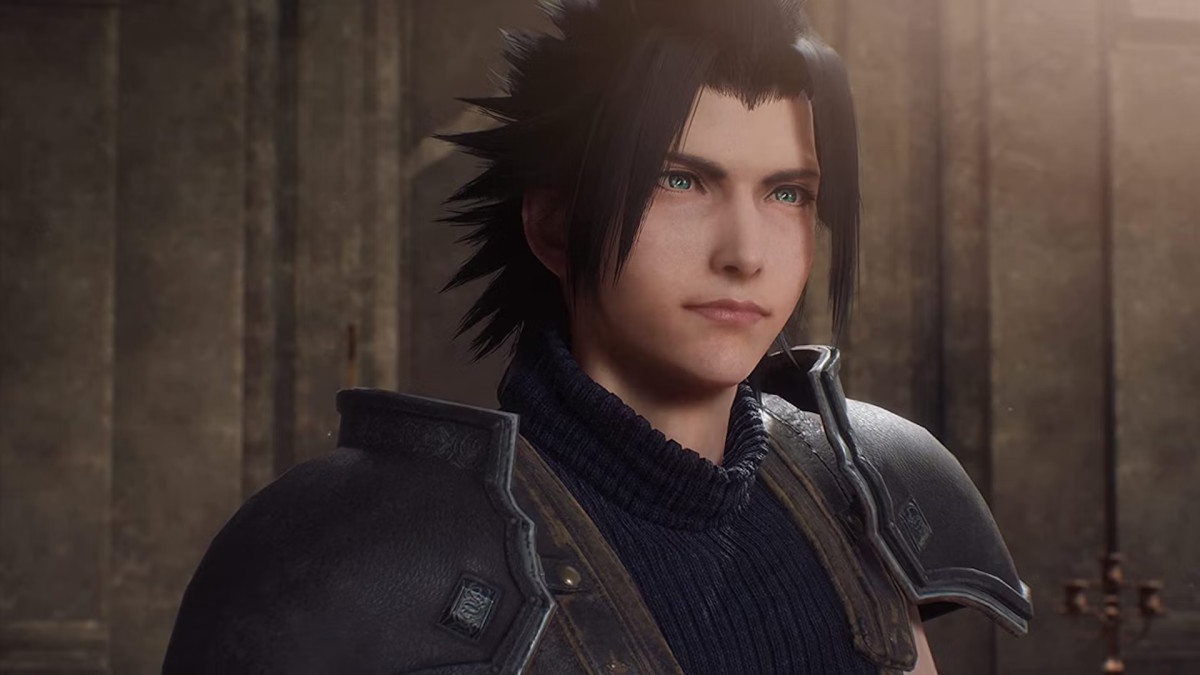
The most impressive thing about Crisis Core is how it handles the original FF7’s story just right, without creating convoluted backgrounds or even giving too much away for those who never played the main game. It’s the ideal prequel, in other words, with a properly emotional, miserable ending and some welcome – if not exactly necessary – extra detail that sheds light on FF7’s biggest narrative moments.
The downside is the rest of Crisis Core. The mission-based structure is convenient for quick play sessions, but clearing side quests for the best items and some extra narrative is so tedious. Reunion smoothes out some the battle system’s friction, but the endless loop of short fights, short dungeons, and short quests is still tiresome.
Final Fantasy 7: Before Crisis
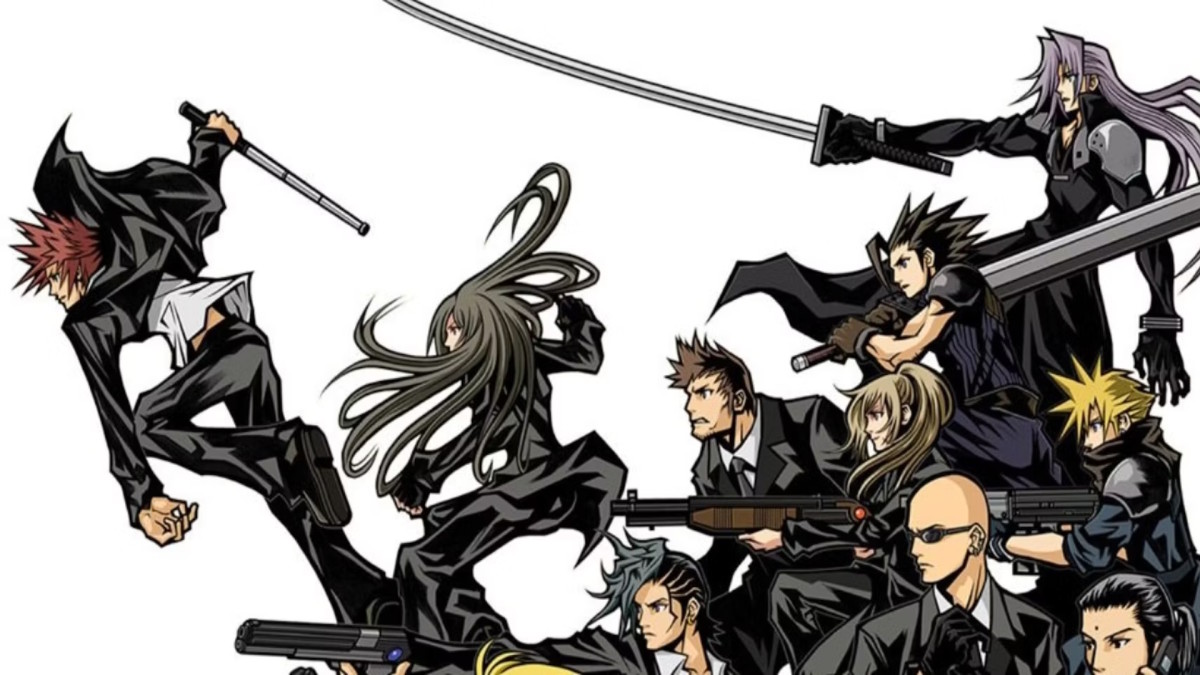
Before Crisis was Crisis Core’s prototype – another prequel designed for mobile play that expands Final Fantasy 7’s story in meaningful, though inessential, ways. This one follows the Turks and their covert operations during the Wutai War, which range from eliminating dissident voices in Shinra to combatting Avalanche in its pre-Barret days. It also has better pacing and structure compared to Crisis Core.
You can travel around outside the main story mode, chat with folks, and treat it like a regular RPG. Square Enix used an innovative feature where you could take pictures with your phone camera, and Before Crisis would generate materia based on the dominant colors in the picture. Square canceled the international release shortly before it was meant to launch, though, citing problems with existing phone tech that would hinder it from performing.
Final Fantasy 7 Remake
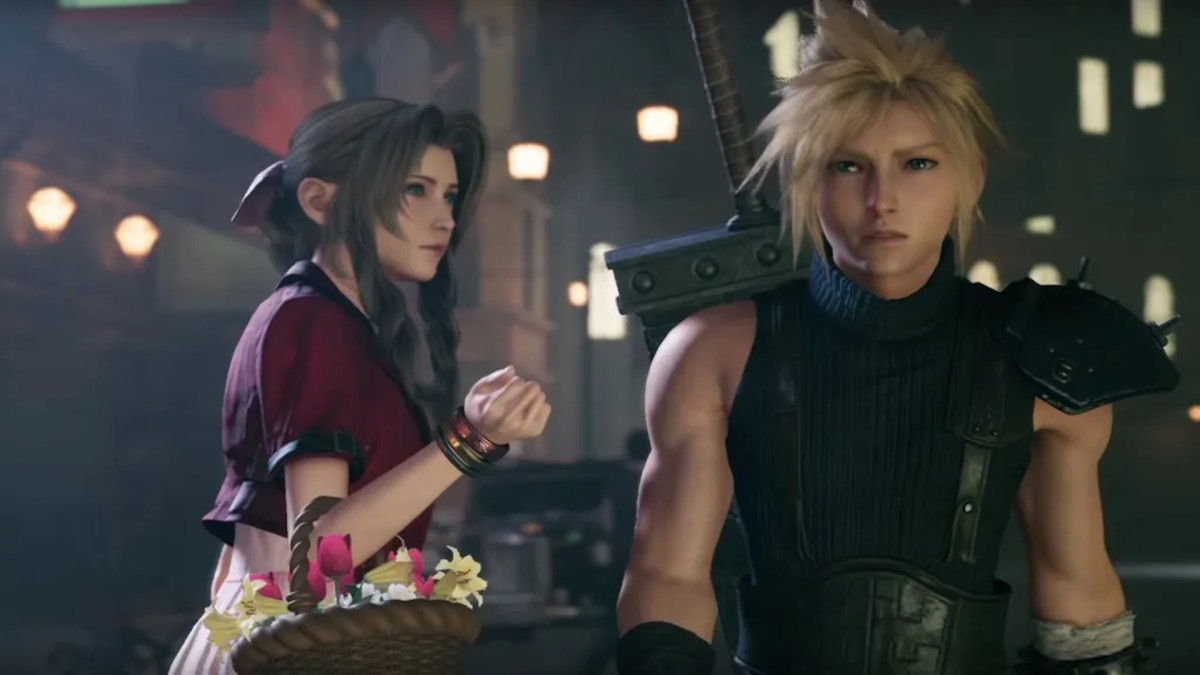
Final Fantasy 7 Remake had the unenviable task of turning a short part of a larger game into a full-length, modern RPG, and it met the challenge with something a little unexpected – and not just with the Whispers and alternate timelines. Remake digs into every character’s personality and expands their likes, fears, hopes, and dreams so even seemingly throwaway characters like the Avalanche crew feel like part of Cloud’s extended family.
That can’t quite paper over the cracks that come from drawing out a short segment to 30 hours, though, especially when it comes to overly tedious dungeons and banal side quests.
Final Fantasy 7
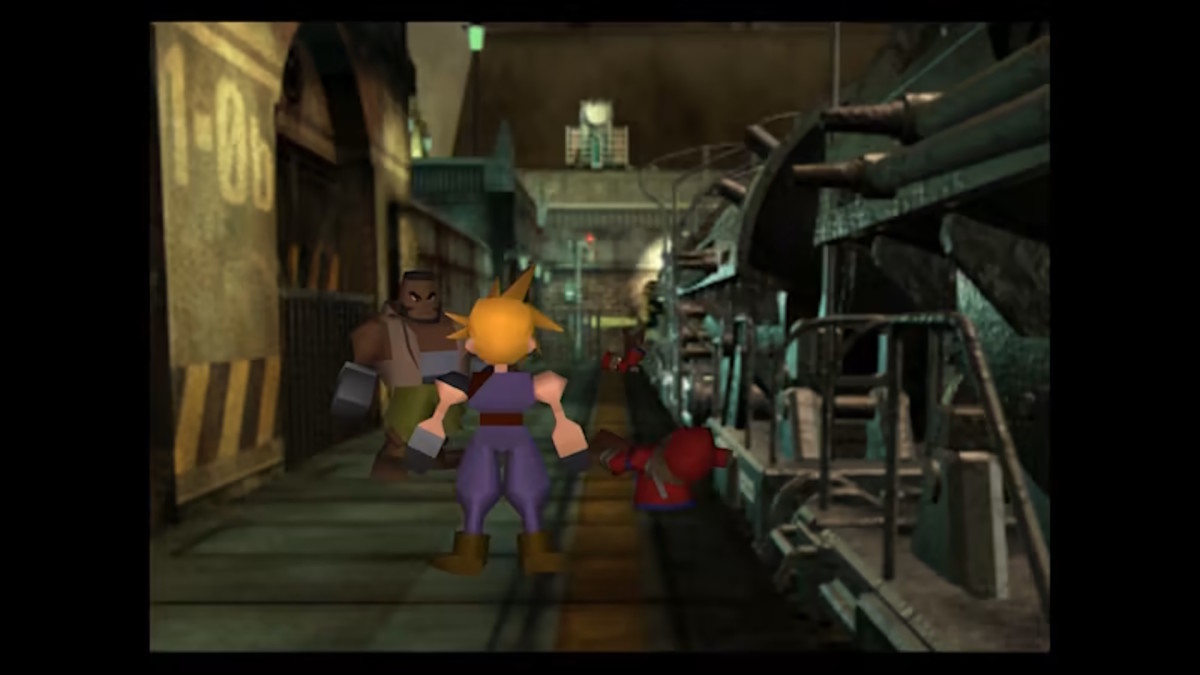
Final Fantasy 7 is a beautiful mess. Beautiful, in that it explores themes of identity and belonging in ways that RPGs just didn’t at the time – and often still don’t. It’s an ambitious narrative that turns the conventional “small town boy and girl” story on its head by putting rejection and fear at the center and throwing in environmentalist and anti-corporation ideas alongside it.
Mess, in that it sure is a hot mess. The Midgar section feels disconnected from the rest of the story. Act 2 is genuinely pointless and functions as an excuse to send you around the world map. Act 3 is where FF7 finally discovers its purpose, but it loses the environmentalism and pretty much everything else in the process.
Maybe it wouldn’t feel so incoherent if the English script weren’t a disaster. I don’t care how messy it is, though. The final act, the way FF7 uses tragedy as a catalyst to strengthen the party’s relationships, and the note of quiet optimism that it ends on, of hope blooming amid the devastation, make Final Fantasy 7 unforgettable.
Final Fantasy 7 Rebirth
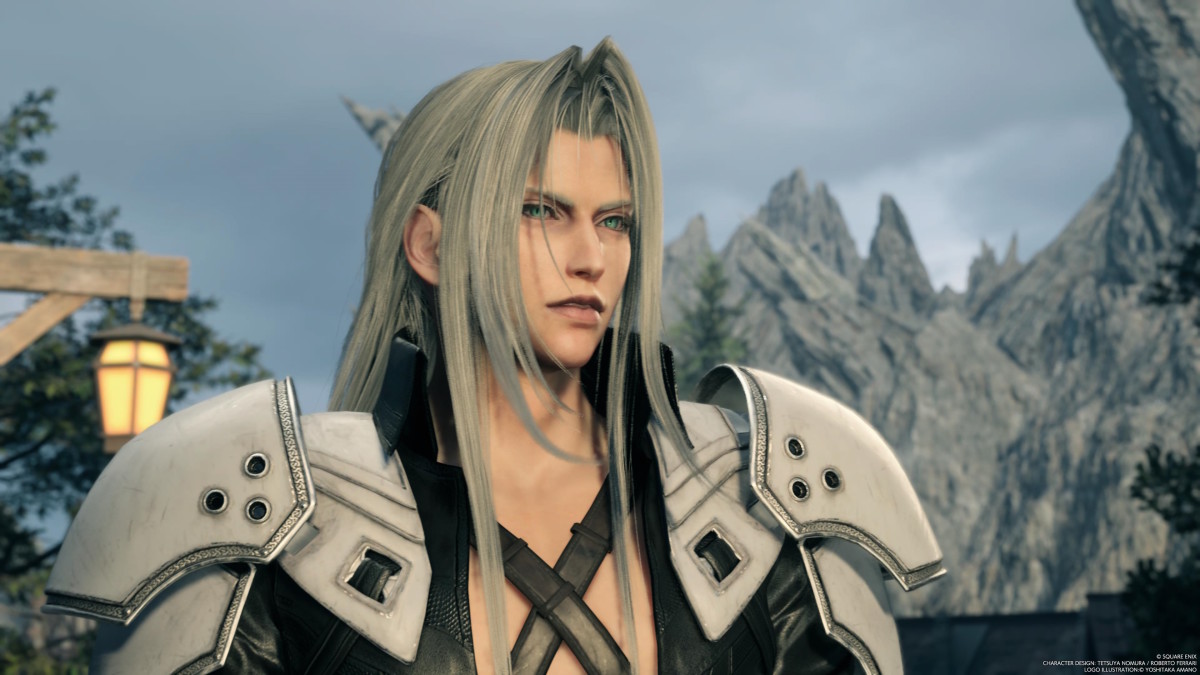
Rebirth faced a challenge even more difficult than Remake’s – turning the weakest, most directionless part of Final Fantasy 7 into a full game. Square Enix’s solution was an elegant one.
Rebirth follows the typical open-world formula of filling its many regions with dozens of tasks to tick off a checklist. It shouldn’t work, and Rebirth does feel slightly stretched on more than one occasion. It imbues everything with a sense of meaning and sometimes even joy to the point where it’s almost impossible to resent the padding.
Rebirth keeps the loose structure of Final Fantasy 7’s second act mostly intact, and fills in the many spaces around it with strong character development and moments both tragic and humorous that strengthen your connection with the main cast. They become the point of Rebirth – Cloud, his allies, and even the people they meet suffering under Shinra’s rule. It’s the clearest vision of Final Fantasy 7’s world so far, even with the Whispers and alternate timelines bleeding through.
